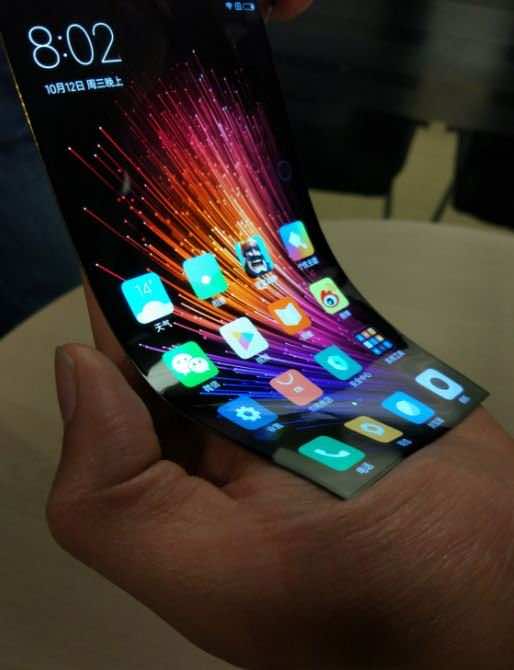Take a smartphone out of the water after 25 days or throw it from 25 stories; it would still buzz. Don’t we all want practically unbreakable smartphones?
A team of Virginia Tech researchers from the Department of Mechanical Engineering and the Macromolecules Innovation Institute has created a new type of soft electronics, paving the way for self-healing, reconfigurable, and recyclable devices. These skin-like circuits are soft and stretchy, sustain numerous damage events under load without losing electrical conductivity, and can be recycled to generate new circuits at the end of a product’s life.

Self-healing, reconfigurable and reusable electronics sound something out of sci-fi. Well, no more, Virginia Tech researchers from the Department of Mechanical Engineering and the Macromolecules Innovation Institute’s team of researchers have created an unworldly soft electronic. The outer of the device are circuits that can be stretched and punched and put under the cosh, and they still won’t disintegrate. Even after their shelf life is done, these circuits can be reused to make newer ones. Pretty cool, no?
That is not all, Assistant Professor Michael Bartlett has led the team, and it recently brought to light the conclusions drawn as a result of the research.

The devices we use today are solid, rigid, and in my opinion, a bit boring. The product that Barlett and her team want to make provides sustainability and durability to the devices that would have been beyond our wildest imaginations a few years ago. With tiny metal droplets replacing wires to conduct electricity, Barlett has surely directed us towards the dawn of a new breed of electronics.
“To make circuits, we introduced a scalable approach through embossing, which allows us to rapidly create tunable circuits by selectively connecting droplets,” postdoctoral researcher and first author Ravi Tutika said. “We can then locally break the droplets apart to remake circuits and can even completely dissolve the circuits to break all the connections to recycle the materials, and then start back at the beginning.”

The best part is that even if a hole is punched in these circuits, the metal droplets will not let the power die down. Instead, the droplets form steady connections around the hole, and electricity keeps passing through.
The team tested the device by pulling it over ten times its original length, and it did not snap. It did not snap is the just the start that how brilliant is this device after its life is done, the materials inside the device can be reused and recycled and modeled into new devices.
These newfound technologies need soft, sturdy circuitry to make this small-scale research and an awaited 21st-century fantasy a reality.

“We’re excited about our progress and envision these materials as key components for emerging soft technologies,” Bartlett said. “This work gets closer to creating soft circuitry that could survive in a variety of real-world applications.”


